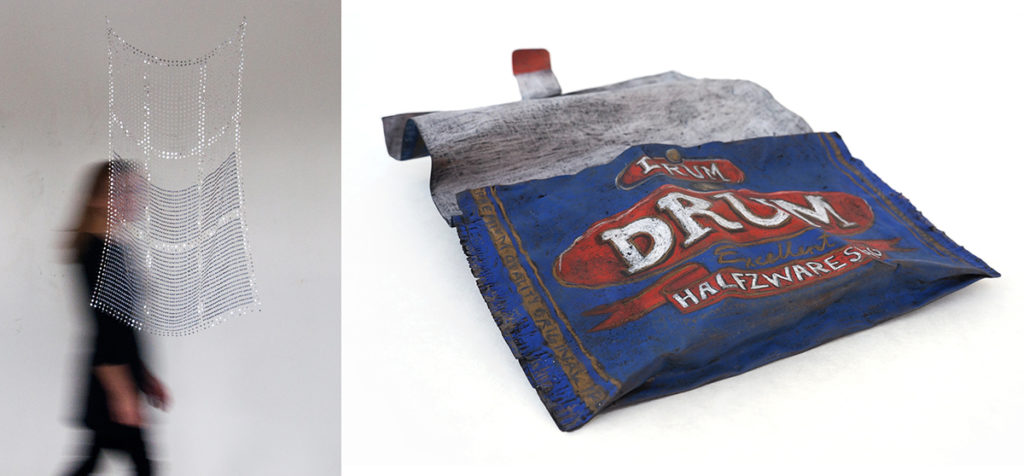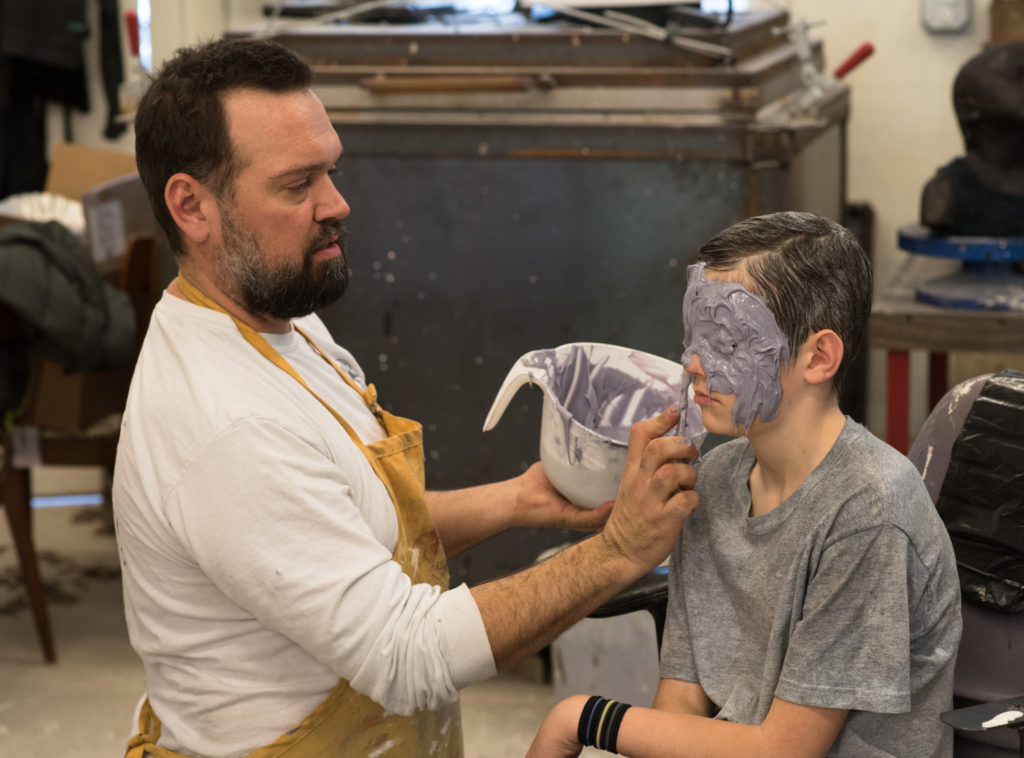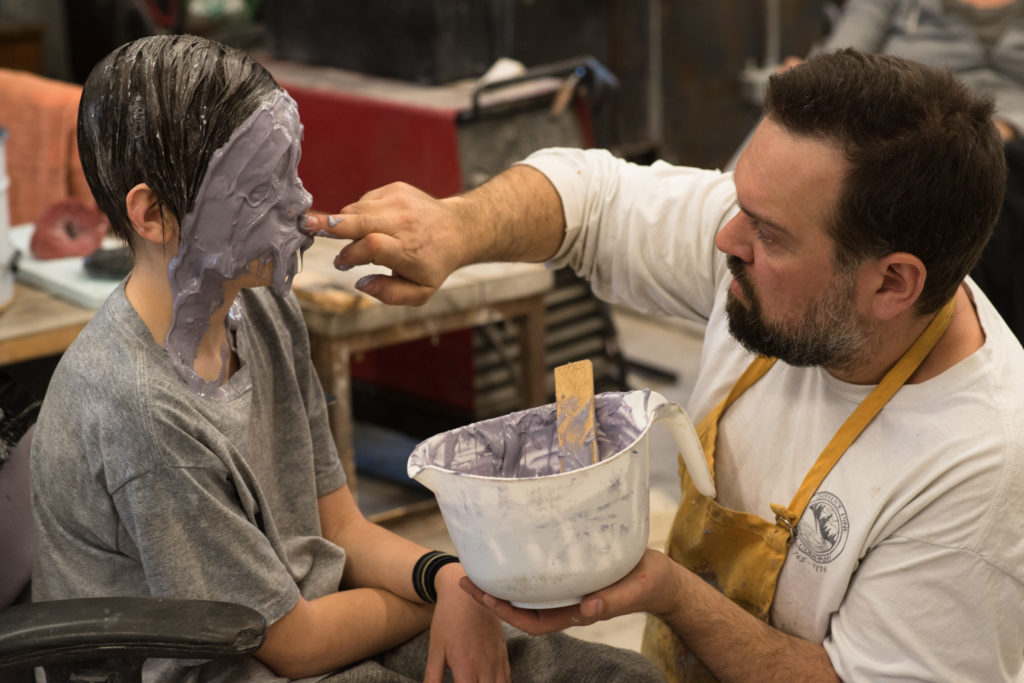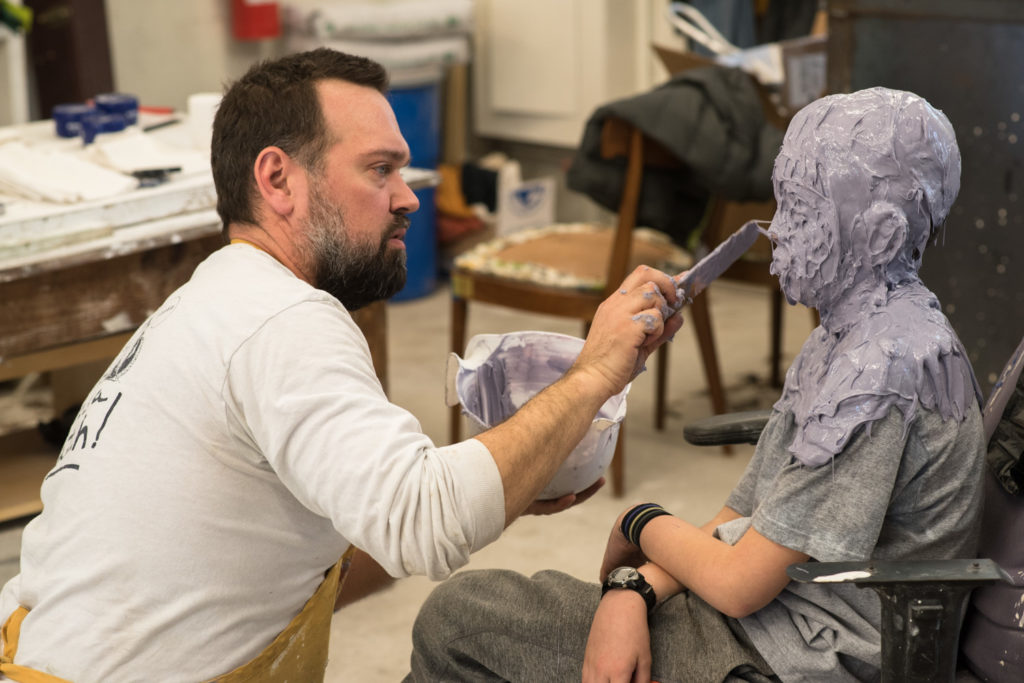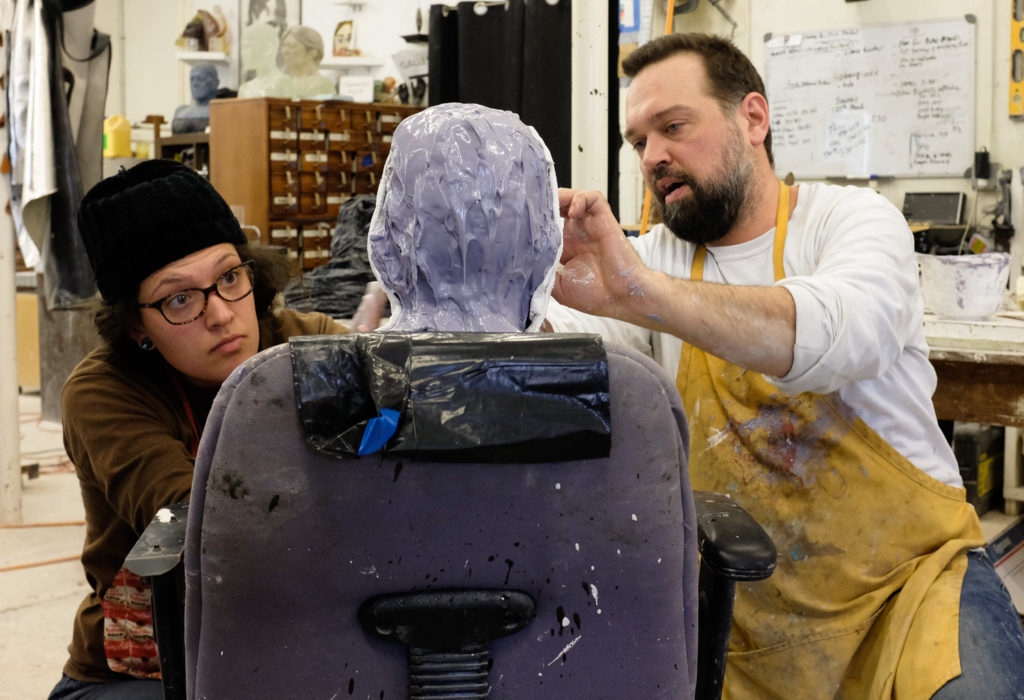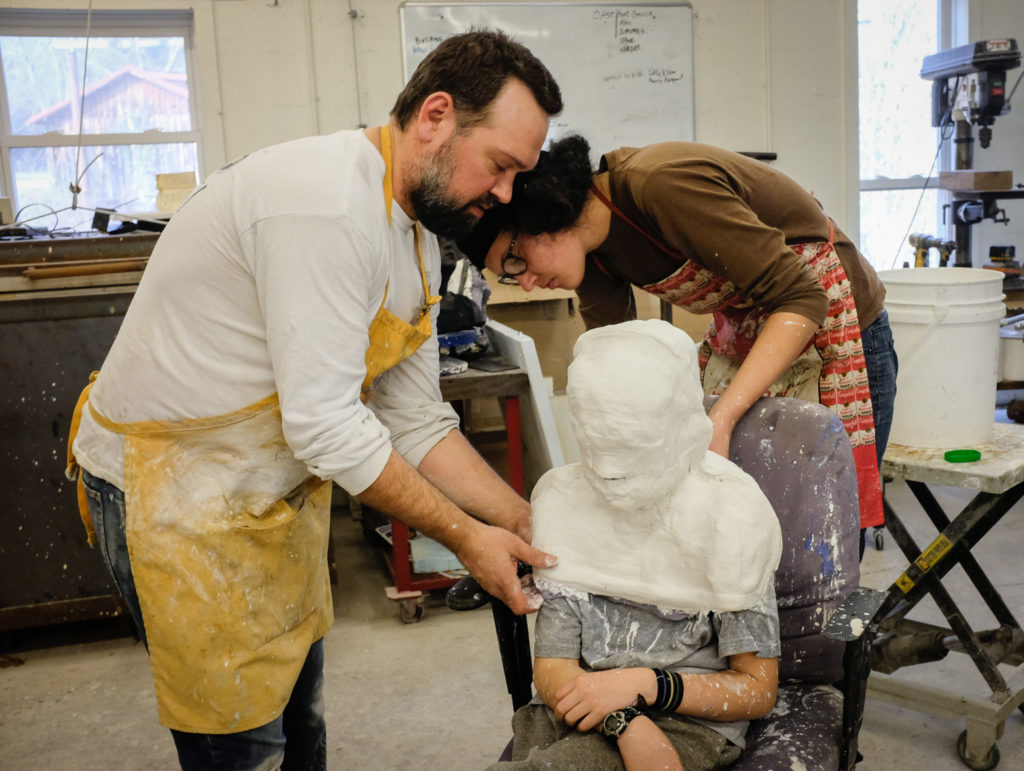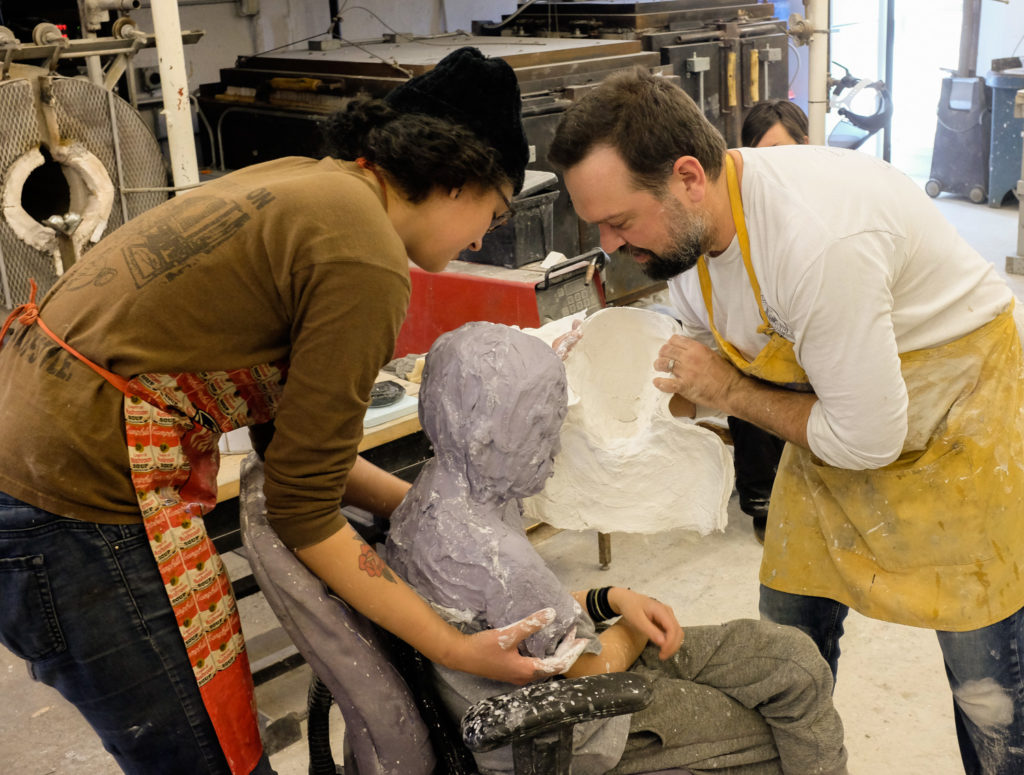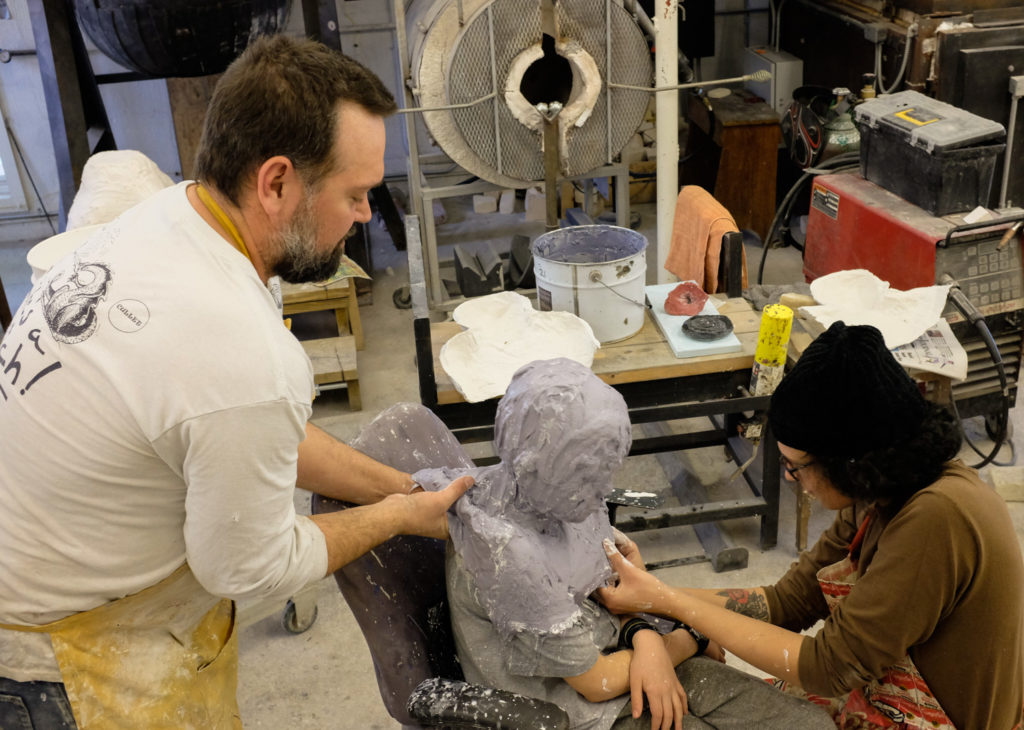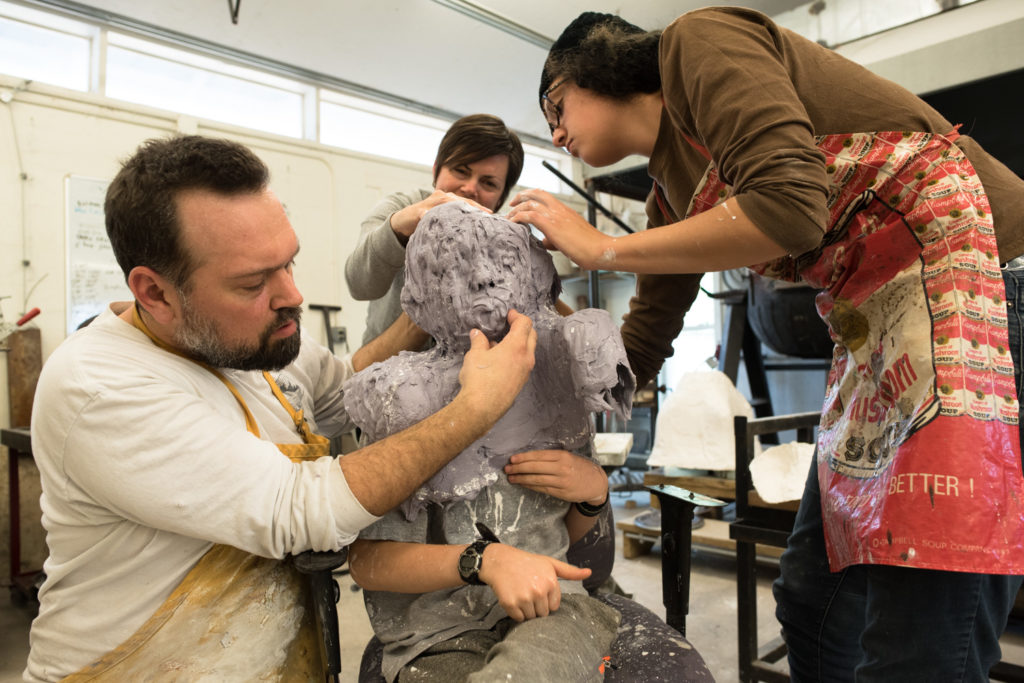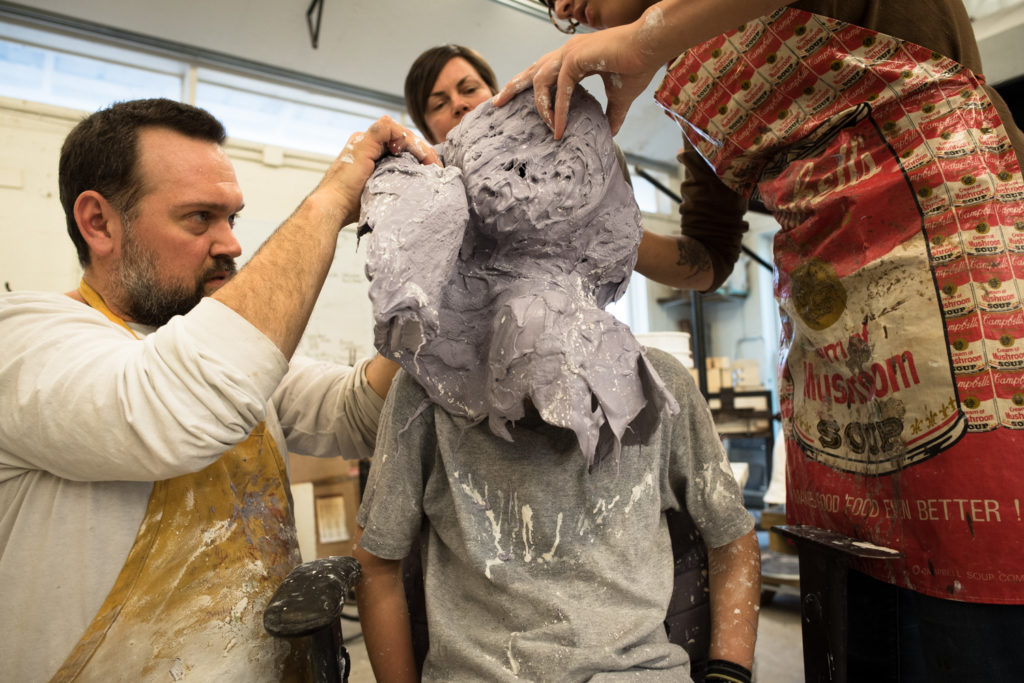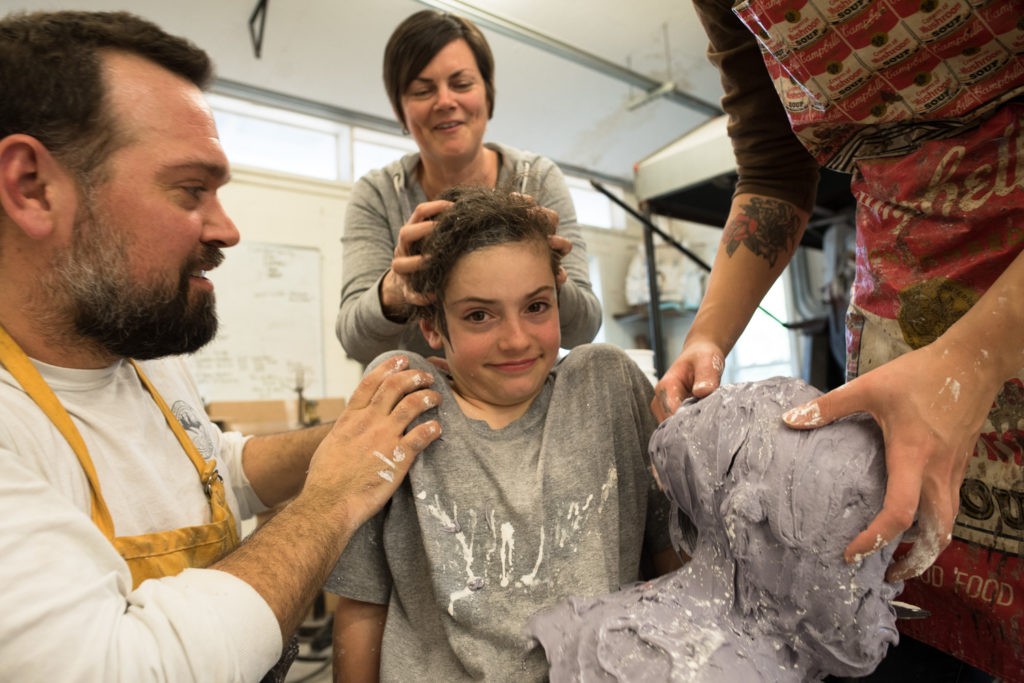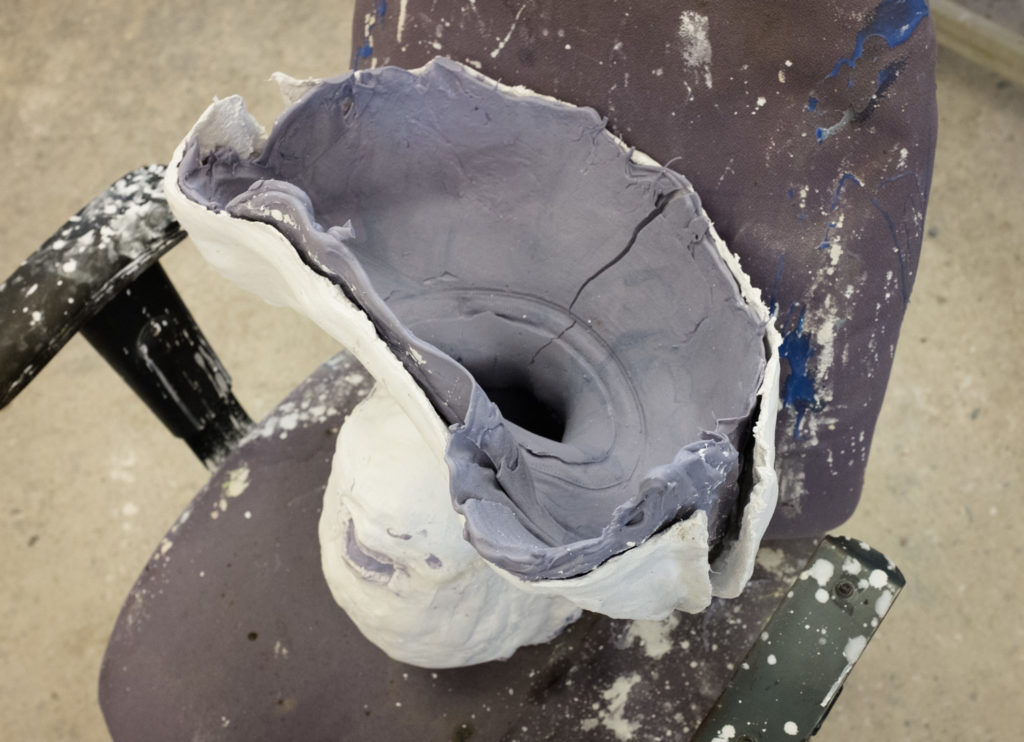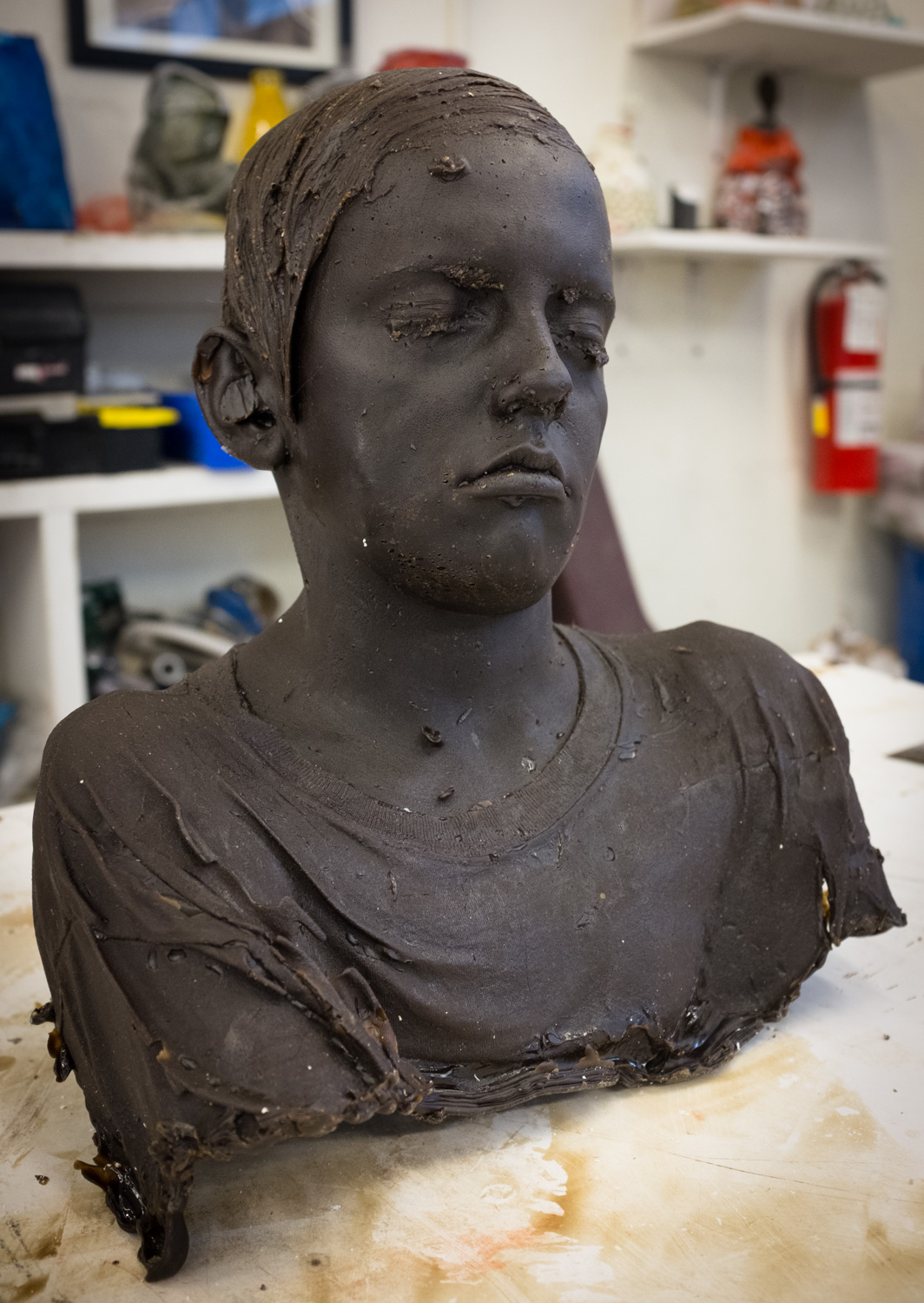We are very happy to announce three new resident artists and welcome them into the Penland family. They will arrive on campus in September to begin their three-year residencies.
Nate Cotterman
“My position in the glass world is to use the material to solve problems and pay homage to the craft tradition. I strive to make work that is intriguing, functional, and timeless while looking for the unique in the mundane.”
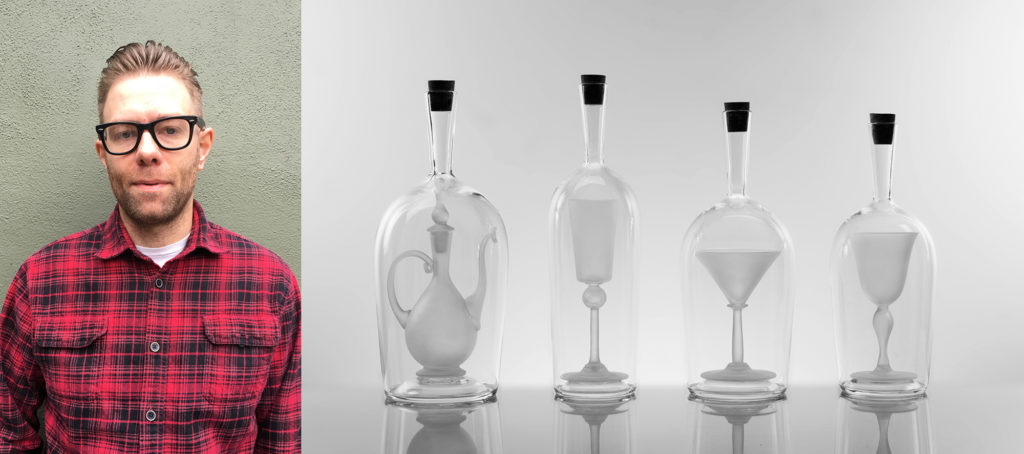
Nate Cotterman currently lives with his family in Los Angeles, CA, where he works as a professional gaffer at 141 Penn Studio. A native of Ohio, Nate graduated from the Cleveland Institute of Art with a BFA in glass and has taught and demonstrated across the US at institutions such as the University of Montana, Cleveland Institute of Art, Pittsburgh Glass Center, Pilchuck School of Glass, and Penland. As a glass designer/maker, Nate brings a modern interpretation to glass objects using traditional Venetian glass blowing techniques, challenging low-end production with innovative design and handmade quality. During the residency at Penland, Nate plans to explore larger ideas in both complexity and scale and looks forward to the opportunity to be influenced by and collaborate with “a community of exceptionally skilled and creative people” in a range of media.
natecotterman.com
Jason Hartsoe
“I believe good art has a firm foundation in the work that came before it. It is by building on and blending the influences of historic ceramics and by varying these themes into new translations and experimentations that my work and career will progress.”
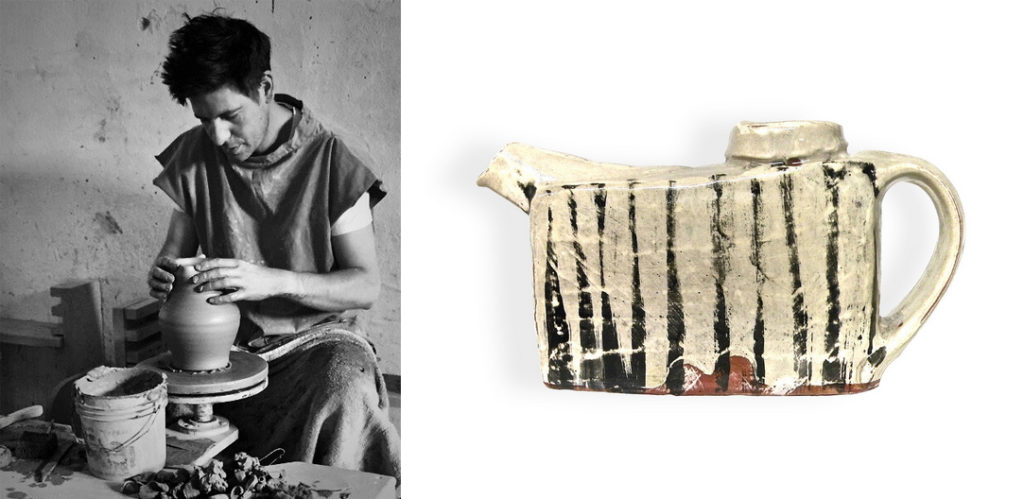
Jason grew up in NC in a home full of pots made by his grandfathers and their fathers before them. After receiving a BA in English from Belmont College, in NC, Jason chose to pursue a ceramic education by apprenticing with master potters; he learned on the job as an assistant in England at Winchcombe Pottery, in Virginia with Dan Finnegan, and as an apprentice with Michael Hunt and Naomi Daglish at Bandana Pottery just down the road from Penland. Jason’s work reflects these influences and experiences and has continued to evolve during short residencies in Star, NC; Shigaraki, Japan; and Cortona, Italy. During his residency at Penland, Jason is looking forward to the opportunity to build a wheel in order to explore larger forms, establish his own studio for the first time, develop his voice as a maker, and seek an audience and market for his work.
hartsoepottery.com
Kit Paulson
“[In transitioning from furnace glass to flameworking] I learned that in unfamiliarity with a process or material can lie great freedom and possibility….I want to make meaningful, intentional objects.”
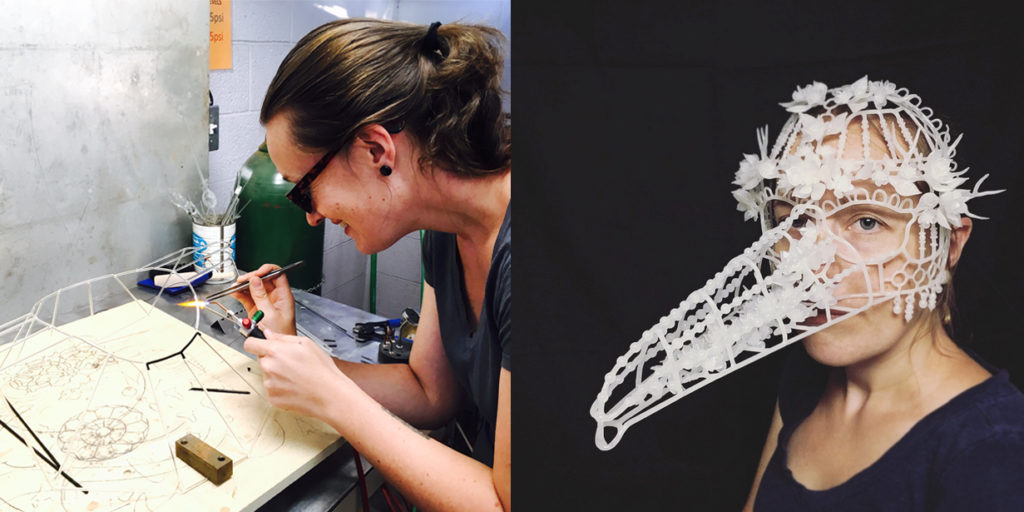
Kit’s interest in glass started in the hot shop and led her to earn a BFA at Alfred University. She followed her degree with years of assisting other glass artists and developing a production line of functional glass. Though her love for the material persisted, she began to feel disillusioned with what she was making. At that time she discovered flameworking and began to shift her process and intention to include time-based work incorporating flameworked glass. With this new direction, Kit made the commitment to earn an MFA at Southern Illinois University-Carbondale, where she will culminate her studies in May. Kit’s most current work uses ornament and intricate, time-intensive constructions as a way to collect and tell stories. During her residency Kit will build a flameworking studio to support her new creative direction as she seeks balance between making meaningful work and supporting her career as an artist.
kitpaulsonglass.com
Our 2018 Resident Artist Program selection process was, as always, thorough, thoughtful, and difficult! There were many outstanding candidates but only three available positions. This year we received 71 applications from across the US and abroad. Our selection committee did an outstanding job reviewing and evaluating applications; they generously offered time, energy, and perspective to the entire project. Thank you to everyone involved in this year’s selection.
We do not anticipate any openings in the Resident Artist Program in 2019; our next application deadline will be January 15, 2020 for artists working in all media except hot glass.

